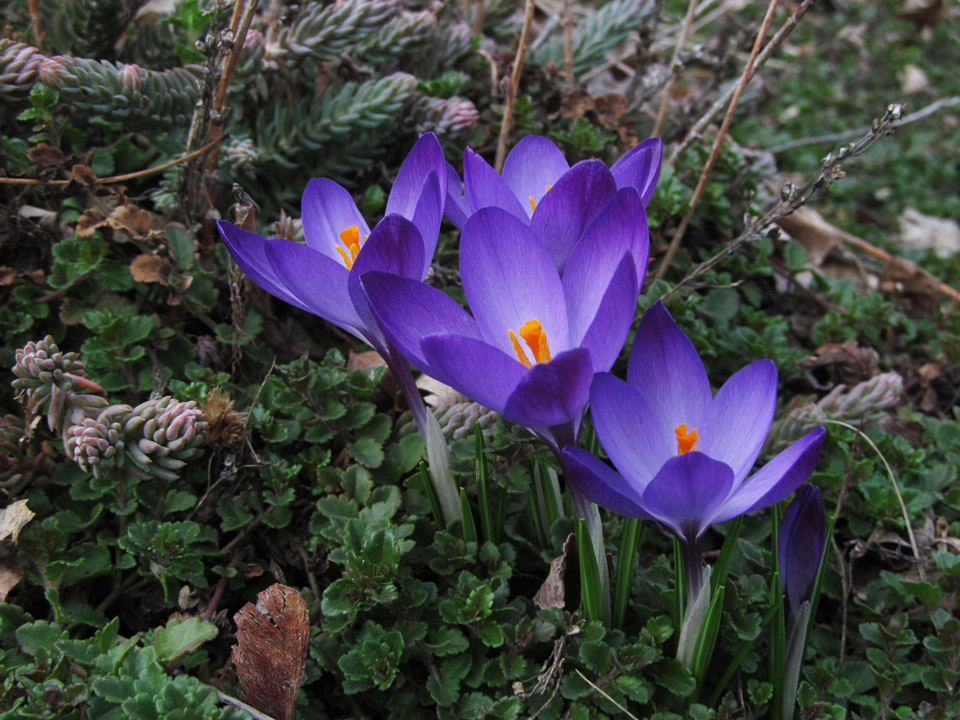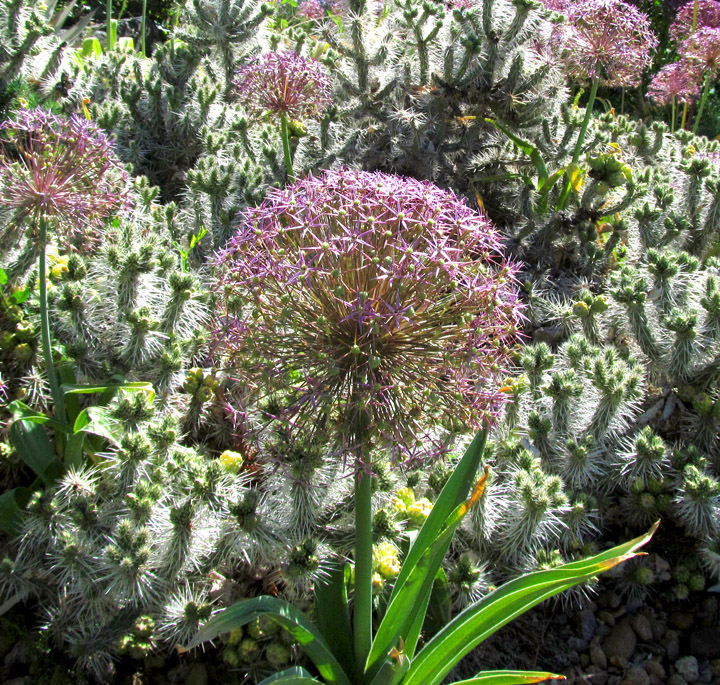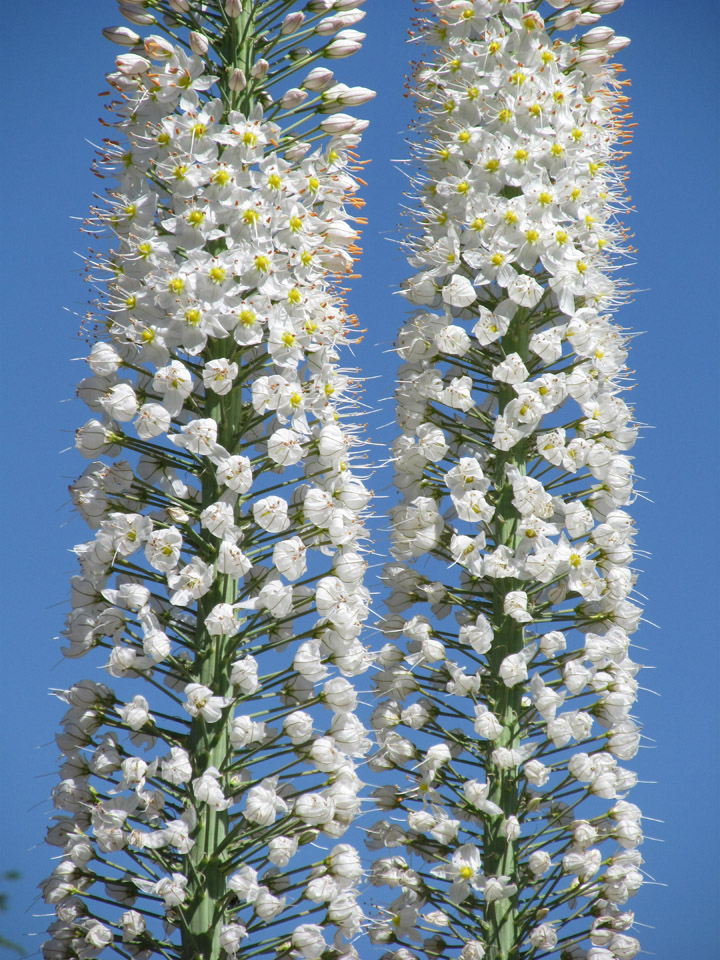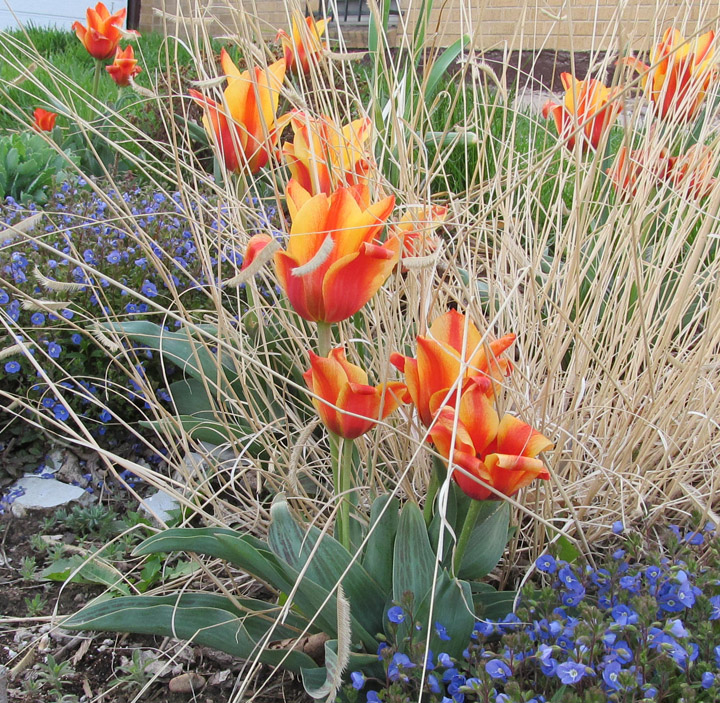Plant Fall Bulbs Now for Spring Color Later
As we move further into the fall season, many gardeners have turned their attention to cleaning up and preparing to put their gardens to bed for winter. Gardeners should also take this time to plan ahead for spring blooming bulbs which are currently available in your local garden center. Now is the perfect time to add these must-have jewels to your landscape. For most areas in Colorado, you should plant these bulbs sometime between the middle of September to the end of October. I have planted bulbs as late as November during a mild fall and winter. As long as the ground is not frozen, you can plant bulbs. However, by planting in early fall you give the bulbs time to establish some roots before the soil freezes, ensuring the best success. Lucky for us, the growing conditions in much of Colorado are perfect for spring blooming bulbs. The climate and ecological conditions of many of the bulb’s native ranges are quite similar to our high plains region.

Crocus popping up through veronica and sedums.
The diversity of size, shape and color of spring blooming bulbs is fascinating. Some of the best bulbs to plant in our area are (listed in order of bloom time) :
Early Spring Bloomers: crocus, Siberian squill, snowdrops, dwarf iris, and species tulips
Mid-Spring Bloomers: hyacinths, daffodils, grape muscari, fritillaria and tulips
Late Spring Bloomers: alliums, irises and fox-tail lillies

Alliums with Cholla cactus.
Fall planted bulbs do best in soils that are well drained. If the soil is too wet, the bulbs may rot. The rule of thumb is to plant the bulbs at a depth 3 to 4 times the length of the bulbs. If you buy bulbs in a package, a visual guide to bulb planting depth is usually printed on the package.
Consider adding “bulb food” to the holes you’ve dug before you drop in the bulbs. Phosphorus fertilizer will give your bulbs a boost, and help them become established. Traditionally a product called “bone meal” was recommended for providing phosphorus to bulbs. But research done at Colorado State University has shown that product doesn’t work well in our typically alkaline soil chemistry. Consider a conventional (a.k.a. “non-organic”) fertilizer called “triple super phosphate”. However, using phosphorus from conventional fertilizers has been linked to environmental damage such as toxic algae blooms in lakes and rivers. Use the conventional phosphorus sparingly and carefully. If you’ve not already done so, amending your soil with compost is also a good idea to improve soil texture for your bulbs.

Close up of foxtail lillies.
Most spring blooming bulbs do best in full sun to part sun locations as opposed to deep shade. But if the site is south facing in full sun, that area’s soil may warm up too much in late winter, causing the bulbs to flower early and those blooms would be susceptible to frost damage during cold snaps. It is a good idea to mulch the soil where you’ve planted the bulbs. Mulch will keep the soil from drying out, and help moderate soil temperature so it doesn’t warm up too quickly.
Design-wise, you can tuck just a few bulbs into niches between established perennials and ornamental grasses in your garden, or you could add large groupings of one type of bulb to get maximum color punch in your landscape. One effective way to add bulbs to an existing garden is to place them around low-growing plants that will still be dormant when the spring bulbs emerge. That approach is particularly effective with low growing groundcover perennials. Some people will add early spring bulbs such as crocus or snowdrops to a lawn area, knowing that the grass won’t start growing or need a mowing until after the bulbs are done. And if you want to add bulbs year after year, you might want to make a plan or take photos of where the existing bulbs are when they are blooming. That way you can avoid disturbing the established bulbs next time you add more in the fall.

Tulips mingling with veronica and the remnants of last year’s ornamental grass.
For all the bulbs, you should not remove the leaves after the flowers have faded, until the leaves have turned from green to brown. Removing green leaves too early deprives the bulbs the ability to feed themselves in preparation for the next year’s blooms.
If your bulbs are “happy” where you’ve placed them, there’s a chance they will supply you with gorgeous blooms for many years. Adding spring blooming bulbs to your garden is an easy way to get dependable spots of color into your landscape for a springtime show!
This is the official blog of Outdoor Design Group, Colorado Landscape Architects. For more information about our business and our services, click here.